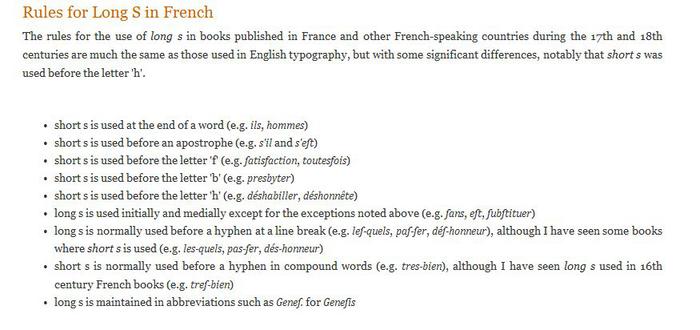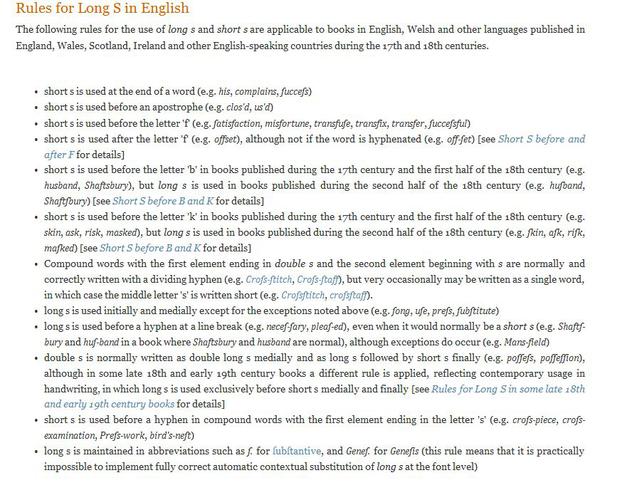Results 1 to 10 of 306
Thread: French Hones
Hybrid View
-
09-12-2014, 12:13 PM #1

It's indeed a little dropped out, but still understandable by every french people

Like in your example Neil "nourriffoient" & "difoit-il" is now "nourrissaient" & "disait-il". Your exemple is from the late 1700 isn't it ?
I think that "ne pas user" was in use till the 1950, then perhaps less. It's not shocking anyway.
-
09-12-2014, 12:24 PM #2Senior Member



- Join Date
- Apr 2008
- Location
- Essex, UK
- Posts
- 3,816
Thanked: 3164
YOu are right, Thaeris - first is from 1731, second from 1789.
Regards,
Neil
-
09-12-2014, 12:43 PM #3Senior Member

- Join Date
- Sep 2009
- Location
- Mouzon, France
- Posts
- 507
Thanked: 116
Yeah it is correct French but I haven't seen/heard it used in my lifetime outside of idiomatic expressions... ce n'est plus vraiment usité

-
09-13-2014, 09:35 AM #4
-
09-13-2014, 09:56 AM #5

I used the "f" because the exact form of the antic "s" in the middle of words is no longer available.
On the other hand, you can see that the "s" placed at the end of words is of normal form.

I don't know however if there were a difference of pronunciation, still it is an interesting clue to help with the datation of vintage french documents.
-
09-14-2014, 01:57 AM #6Historically Inquisitive



- Join Date
- Aug 2011
- Location
- Upstate New York
- Posts
- 5,780
- Blog Entries
- 1
Thanked: 4249
By the way it is not the letter F, its called a long S, it is not only from old french writtings but also english, Italian, spanish and more.
If you look it up every language has a set of rules about the uses of the long S. For example im posting 2 images of the rules for the Long S in french and in English.


I don't know however if there were a difference of pronunciation, still it is an interesting clue to help with the datation of vintage french documents.[/QUOTE]
-
09-14-2014, 04:28 PM #7

Has anybody seen a complete label similar to this one? It’s a hard fine natural stone. Possibly French.
Mike


saw cuts too..




 496Likes
496Likes LinkBack URL
LinkBack URL About LinkBacks
About LinkBacks






 Reply With Quote
Reply With Quote
